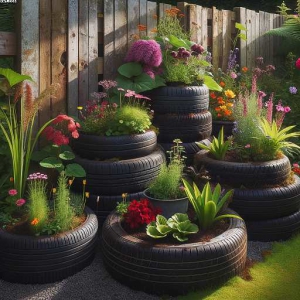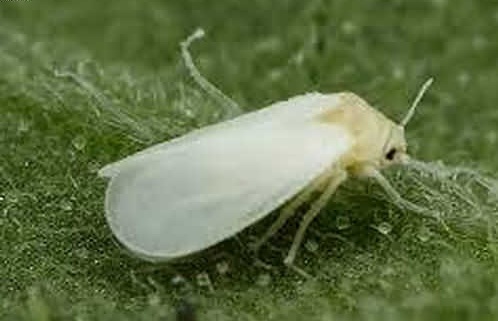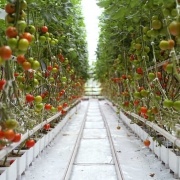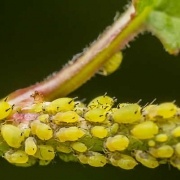Plant Pests-Whitefly
Plant Pests-Whitefly
Plant Pests-Whitefly
So these little past are the pests that haunts most plant growers, including myself. Of course whitefly come in many different variants. It is estimated that there are about 1500 different species of these little garden horrors.
However one variety is known as the glasshouse whitefly. This garden pest is a sap-sucking pest that attacks your plants. So, at the same time they give off a sticky substance better known as “honeydew” . This honeydew can be seen all over the infestation. Adult whitefly and the nymphs excrete this sticky honeydew on the foliage, which allows the growth of black sooty moulds. This black sooty mould can become a real problem making the plants look totally un-healthy. Ultimately, the leaves, fruit and stems are all targets for these little monsters.
Last year was a particular bad year for whitefly. These little garden enemies thrive in hot summers. Last year was a good year for growers of all types of plants! However I had a particular bad attack of whitefly. Especially on my pepper plants. My peppers were very bushy. So, the first whitefly outbreak was missed . Causing me a much bigger problem and not really catching up with problem. Eventually I had to attack them by removing my peppers outdoors. This gave me the room to attack the whiteflies from every angle. next year I will keep a closer eye on things.
Controls
So one of the favoured “biological” methods is to introduce the tiny parasitoid wasps, Encarsia formosa. Importantly, these enemies of the whitefly must be introduced in the first instance. Giving the wasps time to devour the whitefly nymphs emerging pests. After a successful attack of the nymphs by the parasitic wasps then the results will let you see the nymphs turning black. This turning black will help you monitor the situation of how the wasps are doing.
Importantly, the grower must be careful not to use an insecticide at the same time as introducing the parasitic wasps. Another point is not to use the yellow stick cards when introducing the wasps. Of course, the wasps will also land on the sticky cards. As a general rule then the following precautions will be a great help when battling against these little pests.
As I recommend for most flying insects then the sticky yellow cards must be used. There are other types of sticky cards and all are most useful. These cards help the grower to spot any type of insects at an early stage. After the pests are spotted then the attack against them can be mounted.
Newly introduced plants should be quarantined first before placing the plants in there final growing space. This gives time to allow any whitefly eggs or nymphs to develop and spotted so that action can be taken.
Watch for weeds
Growers should be aware that these insects will also thrive on weed. So good greenhouse housekeeping is imperative. Not allowing weeds to grow will eradicate this from happening.
Sooty moulds that develop in the later stages of a whitefly attack, thrive best in hot and humid environment! So good ventilation is very important.
Finally, good hygiene and cleaning your growing environment including the greenhouse should be carried out every winter. This should include using an “insect fumer” . Another product worth considering is the “Hot shots” vapour pads. These products give off an insecticide vapour that penetrates all the area where the growing takes place.







